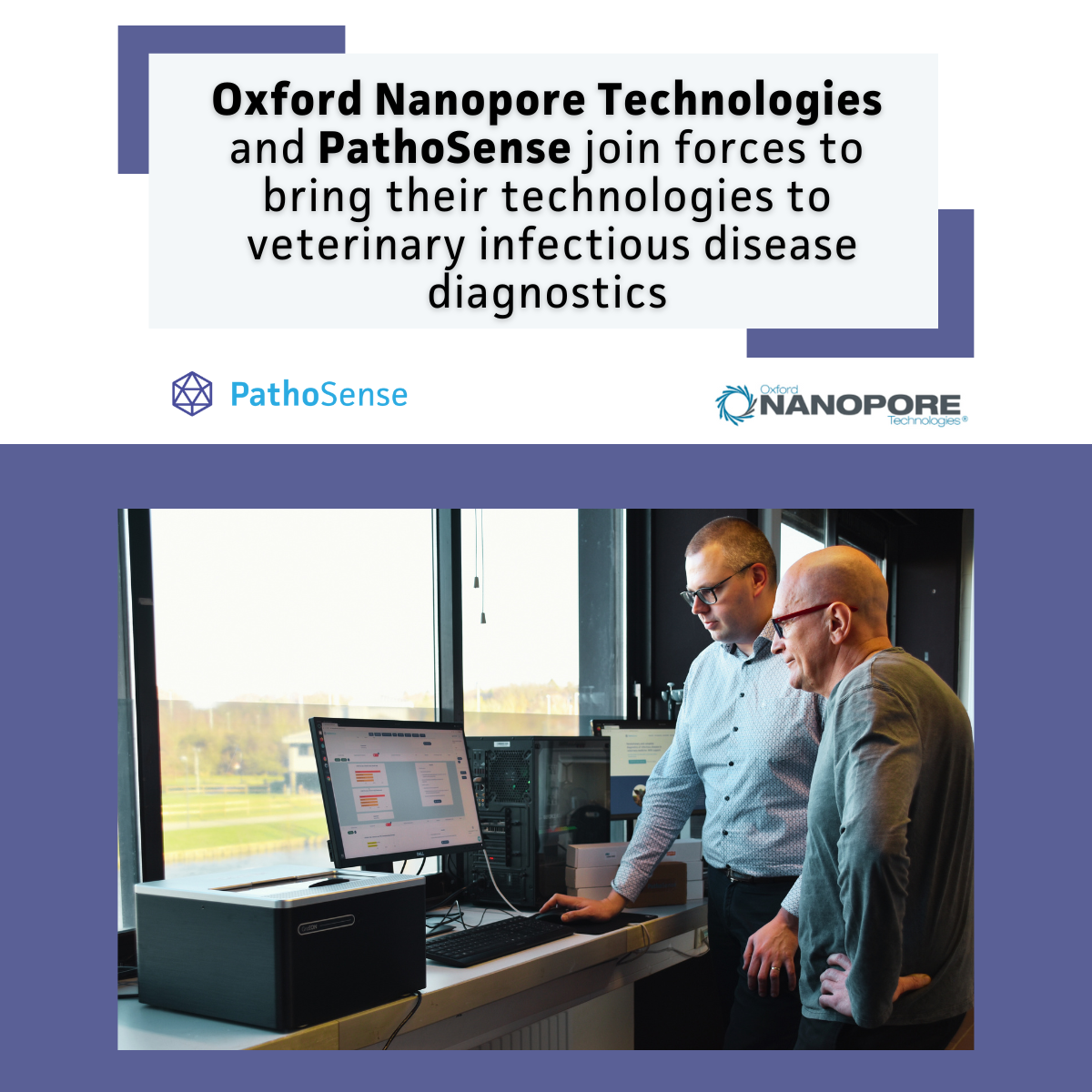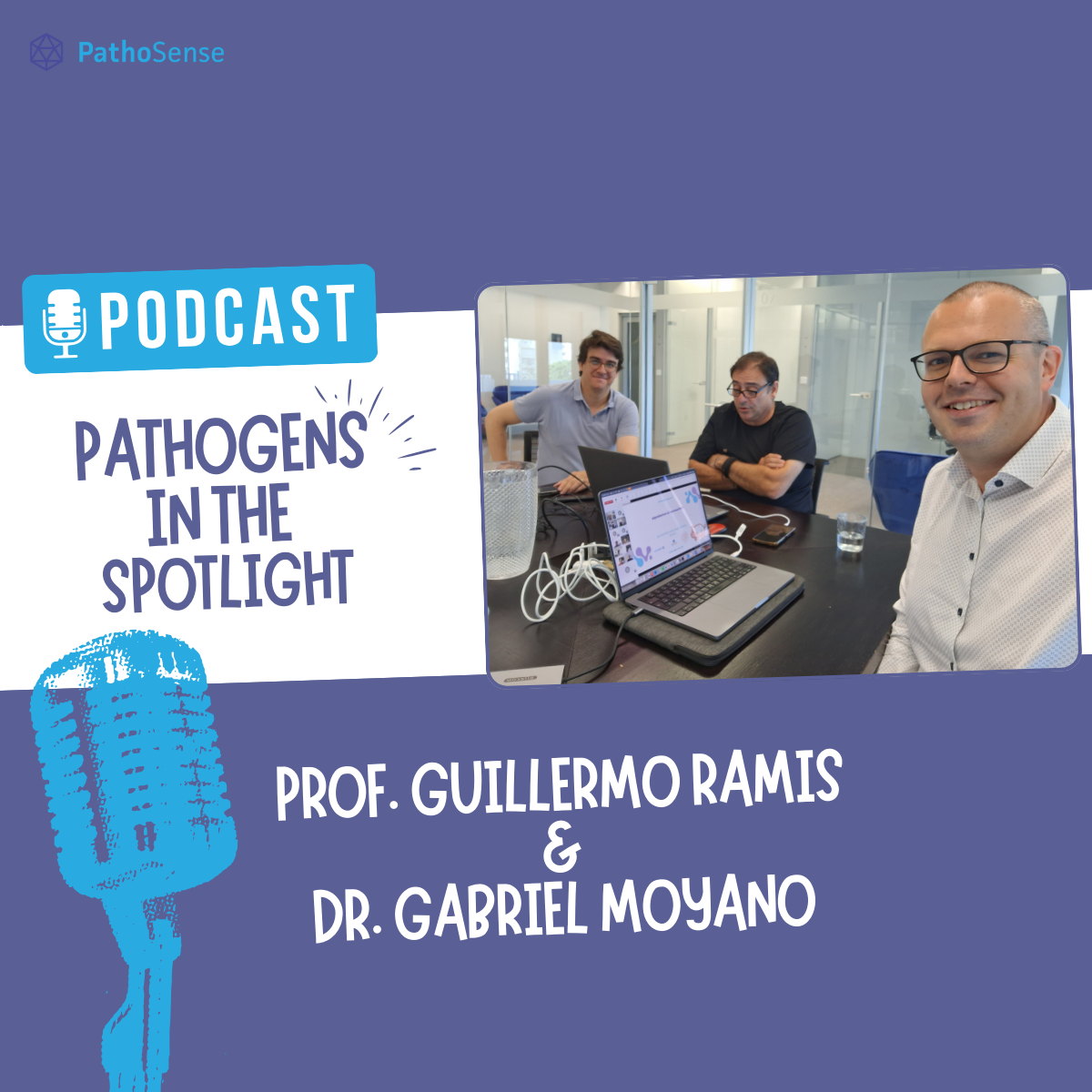Understanding the Pig's Respiratory and Enteric Complexes: A Deep Dive
On March 7th we held an interesting webinar about the respiratory microbiome and the gut-lung axis in pigs. The webinar was hosted by PathoSense team members Dr. Sebastiaan Theuns, Dr. Amanda Hettiarachchi and Drs. Adelaide Panattoni. In this blogpost we will summarize the topics discussed during the first part of the webinar, focusing on the life of the pig and its encounters with both respiratory and infections and the crucial role of passive (colostral & lactogenic) and active immunity.

.png?width=1200&length=1200&name=Webinar_presentation_240208%20(1).png)
.png?width=1200&length=1200&name=Webinar_presentation_240208%20(2).png)
The piglet's immunity plays a crucial role in protecting against diseases throughout its life. Immediately after birth, the piglet receives colostrum rich in IgG antibodies. This provides passive colostral immunity, systemic and respiratory protection against viruses (eg. PRRSV and swine influenza virus) and bacteria. Over time, this immunity gradually decreases, leaving piglets vulnerable to infections. Additionally, during the suckling stage, piglets consume milk rich in secretory IgA antibodies, offering local lactogenic immunity and protection against enteric pathogens. However, at the moment of weaning, there is a sudden stop of this protection as piglets are separated from their mother. They become highly susceptible to enteric infections like rotavirus and E. coli. Despite some level of passive protection, piglets also experience the stimulation of active immunity triggered by vaccines and ongoing infections, as they navigate the challenges within their barn environment.
Furthermore, adapting to feed changes throughout their life presents another significant challenge for piglets. From consuming milk to transitioning to pre-starter feeds in preparation for weaning, and further transitions, their physiology must adjust to support growth and immunity. The ultimate goal is for piglets to develop self-protecting capabilities, ensuring both systemic and local immunity with the support of the microbiome.
Now, as we observe these shifts and potential gaps in immunity during and after the weaning period, it highlights a critical time for piglets. From a veterinary standpoint, we often see a surge in infections during this period. Not only are enteric infections a concern, leading to post-weaning diarrhea, but respiratory infections can also arise, manifesting in symptoms like coughing. Delving deeper into the root causes of these diseases, our focus turns first to enteric infections during this susceptible phase. Our insights stem from past research on pathogens like rotavirus and diagnostic findings from our PathoSense diagnostic platform, utilizing nanopore sequencing (Oxford Nanopore Technologies) for a comprehensive analysis of all viruses and bacteria in a sample without requiring prior selection.
.png?width=1200&length=1200&name=Webinar_presentation_240208%20(4).png)
.png?width=1200&length=1200&name=Webinar_presentation_240208%20(5).png)
.png?width=1200&length=1200&name=Webinar_presentation_240208%20(6).png)
What we have learned is that while neonatal diarrhea can be attributed to insufficient maternal protection initially, the weaning period unveils a cycle of infection waves affecting the piglets. Following weaning, there is a notable spike in infection rates that gradually taper off. Multiple viruses play a role in this complex interaction, continuously stimulating the piglets' immune response and enterocytes. Concurrently, pathogenic bacteria like enterotoxigenic E. coli and Salmonella contribute to the development of enteric disease complexes. In some cases, this results in overt clinical symptoms like visible diarrhea. However, the discussion on the gut-lung axis also reveals the potential for subclinical infections, impacting the animals' performance and gut homeostasis. This constant exposure to infection waves underscores the ongoing challenges faced by these animals.
At the same moment, we see that these piglets are also often confronted with respiratory infections, leading to mild to severe clinical signs such as sneezing or coughing/dyspnea. When looking at respiratory infections during the critical period from a veterinarian's perspective, we typically recognize the existence of the porcine respiratory disease complex (PRDC). It becomes evident that classical diagnostic tools primarily identify common pathogens such as influenza, PRRSV, PCV2, Mycoplasma spp, Actinobacillus pleuropneumoniae and a few others. However, incorporating innovative diagnostic methods like PathoSense using nanopore sequencing reveals a broader spectrum of pathogens at play in pigs. This includes for example novel or overlooked viruses like parainfluenza virus and porcine pneumovirus. The latter virus is closely related to respiratory syncytial virus in humans and cattle, where it is known to cause bronchiolitis. Additionally, certain coronaviruses such as the alpha coronavirus PRCV (porcine respiratory coronavirus), and the beta coronavirus PHEV (porcine hemagglutinating encephalomyelitis virus) also come to light (again). Not only do these advanced diagnostics uncover new viruses, but they also shed light on unique bacterial species, alongside well-known pathogens such as Mycoplasma hyopneumoniae and Actinobacillus pleuropneumoniae. This comprehensive approach to diagnostics opens up new possibilities for understanding and addressing respiratory health challenges in pigs.
This was the trigger why we want to dig further into the respiratory microbiome of pigs in an industrial PhD project. While the gut microbiome is being studied quite intensively, our goal is to enhance our understanding of the respiratory microbiome and its impact on health and disease. We are aware of the presence of harmful or 'bad' bacteria. However, thanks to the PathoSense diagnostic assay we were able to identify potential 'good' and 'ugly' bacteria. Their exact roles are still unclear and require further investigation. Our approach involves utilizing various techniques, such as the PathoSense diagnostic assay but also long-read sequencing approaches (full-length 16S sequencing and shotgun metagenomics) for a more comprehensive and functional analysis of the respiratory microbiome. This in-depth characterization is essential for gaining insights into the microbiome-disease relationship and to gain better insights into the interpretation of the respiratory and gut microbiome. Finally, this will also lead to the implementation of virulence factors in the PathoSense diagnostic assay, expanding its diagnostic capabilities even further.
In this blog post, we delved into the fascinating discussion from the first part of the webinar, exploring the pig's journey through encounters with respiratory & enteric infections and the vital roles of passive and active immunity. In the next blog post, we will dig deeper into the second part of the webinar by summarizing the current knowledge of the respiratory microbiome and the gut-lung axis connection.
If you have any questions, feel free to contact us via this form.


